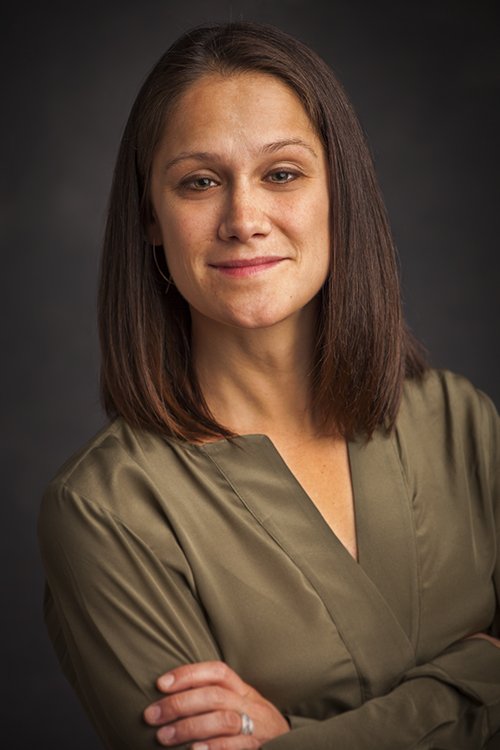AEM Education and Training 37: Qualitative description of sexual harassment and discrimination of women in emergency medicine: Giving the numbers a voice
Welcome to the thirty seventh episode of the AEM Education and Training Podcast, a FOAMed podcast collaboration between the Academic Emergency Medicine Education and Training Journal and Brown Emergency Medicine.
Find this podcast series on iTunes here.
DISCUSSING:
Kristi Maso MD, MPH, Jillian L. Theobald MD, PhD
LISTEN NOW: INTERVIEW WITH AUTHOR
Jillian Theobald, MD PhD
Associate Professor of emergency medicine and medical toxicology, Medical College of Wisconsin
Kristi Maso, MD MPH: emergency medicine and critical care physician
ICU Medical Director, Ascension Columbia St. Mary's Hospital, Milwaukee WI
Abstract
Introduction
Gender disparities in medicine are well documented; however, little qualitative data exist. This study sought to provide a qualitative assessment of harassment and discrimination experienced by female physicians in emergency medicine (EM) specifically by colleagues or supervisors.
Methods
An electronic survey was distributed to female EM physicians on October 18, 2018, asking if they have felt harassed, diminished, uncomfortable, or discriminated against by a male colleague or supervisor at work based on a sexual comment or unwanted advance. Space for descriptive experiences was provided. A data abstraction tool was developed, and experiences were placed into thematic categories. The survey was closed on December 18, 2018, and data were analyzed.
Results
There were 1280 responses. Responses that were incomplete, not attributable to women, and outside of EM were excluded leaving 1144 to be analyzed. Respondents were primarily White (81%) and working in nonacademic environments (53.5%). The majority (57.3%) felt harassed, diminished, uncomfortable, or discriminated against by a male colleague or superior at work based on sexual comment or innuendo; 22.3% experienced an unwanted sexual act or advance. There were 482 descriptive experiences reported, most frequently focusing on patronizing behavior (16.5%), pregnancy/maternity leave (15.9%), and physical appearance (12.5%).
Conclusions
Women in EM experience sexual harassment and discrimination at work by their peers and supervisors. Exploring the themes of their shared experiences can guide and focus efforts on both prevention and intervention. Further studies are needed to determine if these experiences contribute to disparities in earnings, promotion, and leadership roles of women in medicine.


